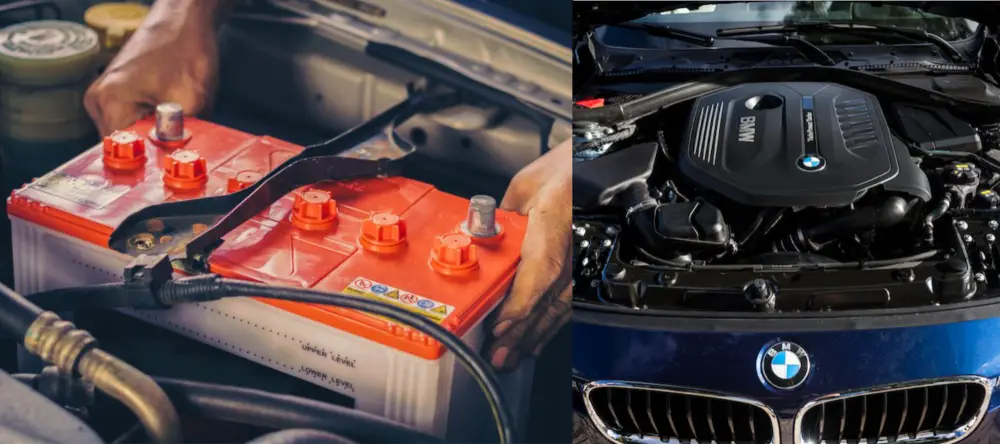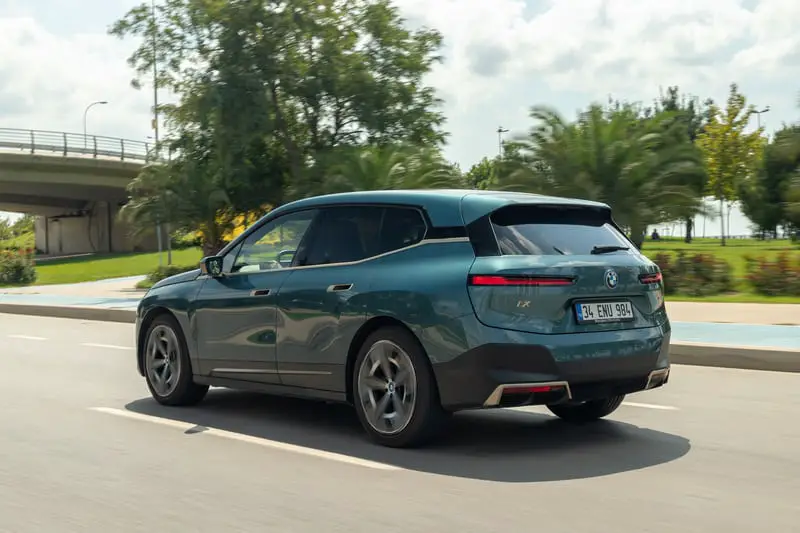
The explosion in the production of electric vehicles (EVs) has resulted in batteries and related technology taking on a new level of importance. The better the battery technology, the greater the storage capacity, and the lower the energy losses, the longer the range of the cars.
There are no AC batteries available, and all the batteries worldwide are direct current (DC). All cars use AC current in the battery charging process, where power is taken from the grid as AC, converted to Direct Current (DC), and used in this form to charge the battery.
Some companies are attempting to develop AC batteries using Biodes. These have similar characteristics to anodes and cathodes.
If they are successfully developed, EV ranges will increase substantially because the energy lost when the inverters convert the current from DC to AC will be saved.
Car Batteries Are DC
With current technology, the simple answer to the question is that all car batteries are direct current (DC) units.
There is no such thing as an Alternating Current (AC) battery. Converting the Direct Current (DC) from a battery into an AC current for electric car motors requires the current to be sent through an inverter.
The inverter changes the voltage into a pulsing AC current.
The conversion process consumes up to 35% of the battery charge. Because of this, some companies are attempting to develop an AC battery called the AC Biode.
There are two main categories of cars that use batteries.
Different electric vehicle manufacturers use AC or DC current to power the electric motors in different model cars.
Gas Powered Vehicles
Gas-powered vehicles use an internal combustion engine to provide the motive power to the car. Gas is the fuel used for the internal combustion process.
The batteries in these vehicles are designed to provide high levels of electrical current (DC) for a short time, which is used to power the starter motor until the engine starts running under its own power.
Once the engine is running, the alternator charges the battery and also powers all of the vehicle accessories, including the petrol pump, lights, air-conditioned, sound system, and horn.
These batteries should not be discharged beyond 85% of the battery capacity, and when this does happen – possibly due to an inoperative alternator – the battery suffers degradation, and its life expectancy is reduced.
Gas Powered Vehicle Batteries Use AC Current to Charge
The most commonly used batteries in modern vehicles use lead-acid technology. Other types, such as AGM and Gel batteries, work on similar processes.
Lead acid batteries are the most basic technology. They are tightly packed with lead and lead oxide sheets that are very dense and are placed in an acid pool – hence the name lead/acid.
The current flows from the lead oxide sheet (anode) to the lead sheet (cathode). The lead releases electrons, which the lead oxide accepts. This process causes the plates to change into solid lead sulfate.
There are six pairs of lead/lead oxide sheet combinations, each of which produces a direct current of 2 volts, and in total, they produce 12 volts.
While a battery can be charged by another one using its DC current, however, this has limitations, and it is impossible to charge the battery to 100% using this method.
The optimum method to charge the car’s DC battery is to use an alternating current battery charger plugged into the home’s main power supply (AC.)
The charger leads are attached to the battery, and the charger is switched on.
The AC current from the house is converted into a 12-volt DC constant current inside the charger.
This DC current is applied to the battery.
The discharge process is reversed, and as the battery charges, the lead sulfate created during the discharge process is converted back into lead dioxide.
When the battery nears the full charge level, the positive plate converts the lead sulfate back into lead dioxide. The resultant lowering in the battery’s internal resistance causes a surge in the voltage.
Electric Powered Vehicles

There are several types of electric-powered vehicles that use various motor types. These are:
Plug-In Hybrid Electric Vehicles
Plug-in electric vehicles are biased towards pure electric vehicles because when parked, the car is plugged into an AC wall socket. The car has a transformer that converts the AC current to DC.
The DC current powers the internal battery charger.
Hybrid-Electric Vehicles
Hybrid vehicles use a combination of gas-powered engines and electric motors.
The electric motors can power the car on their own for a short distance or for better performance and longer range than the gas engine activates. When the gas engine runs, it powers a generator that charges the electric battery.
These vehicles use DC-powered lithium-ion batteries to energize the electric drive motors.
Plug-In Electric vehicles
Plug in electric-only use electric powered motors.
These vehicles use various types of current for different models. Using Tesla is an example, which uses different models of AC or DC voltage motors.
- The Tesla Model S vehicles use alternating current (AC) induction motors
- The Tesla Model 3 uses permanent-magnet direct current (DC) motors
In the Tesla Model 3, the following process takes place:
- The car charger is attached to an AC power source
- The charger transforms the AC power to DC
- The car is attached to the charger, which uses the DC current to charge the battery
- The DC current is used to power the motors
- Simultaneously the DC accessories (air-conditioner, light, computers, etc.) receive DC current directly from the battery
Conclusion
Whether they be small penlight batteries for a torch or massive Lithium-ion batteries used in a solar system, all batteries provide Direct Current (DC).
The battery operators use Alternating Current (AC) in the battery chargers; however, this is first converted, by the charger, into DC.
